For more than 100 years, it stood in downtown San Diego, telling passersby the correct time of day. But in 2018, the iconic Jessop’s clock was put into storage. Now, there's an effort underway to restore the clock and give it a new, permanent home.
The story of the Jessop Clock began in 1907. Joseph Jessop had relocated his family from England to San Diego.
He opened a jewelry store downtown on Fifth Ave., in front of what is now the Alma Hotel.
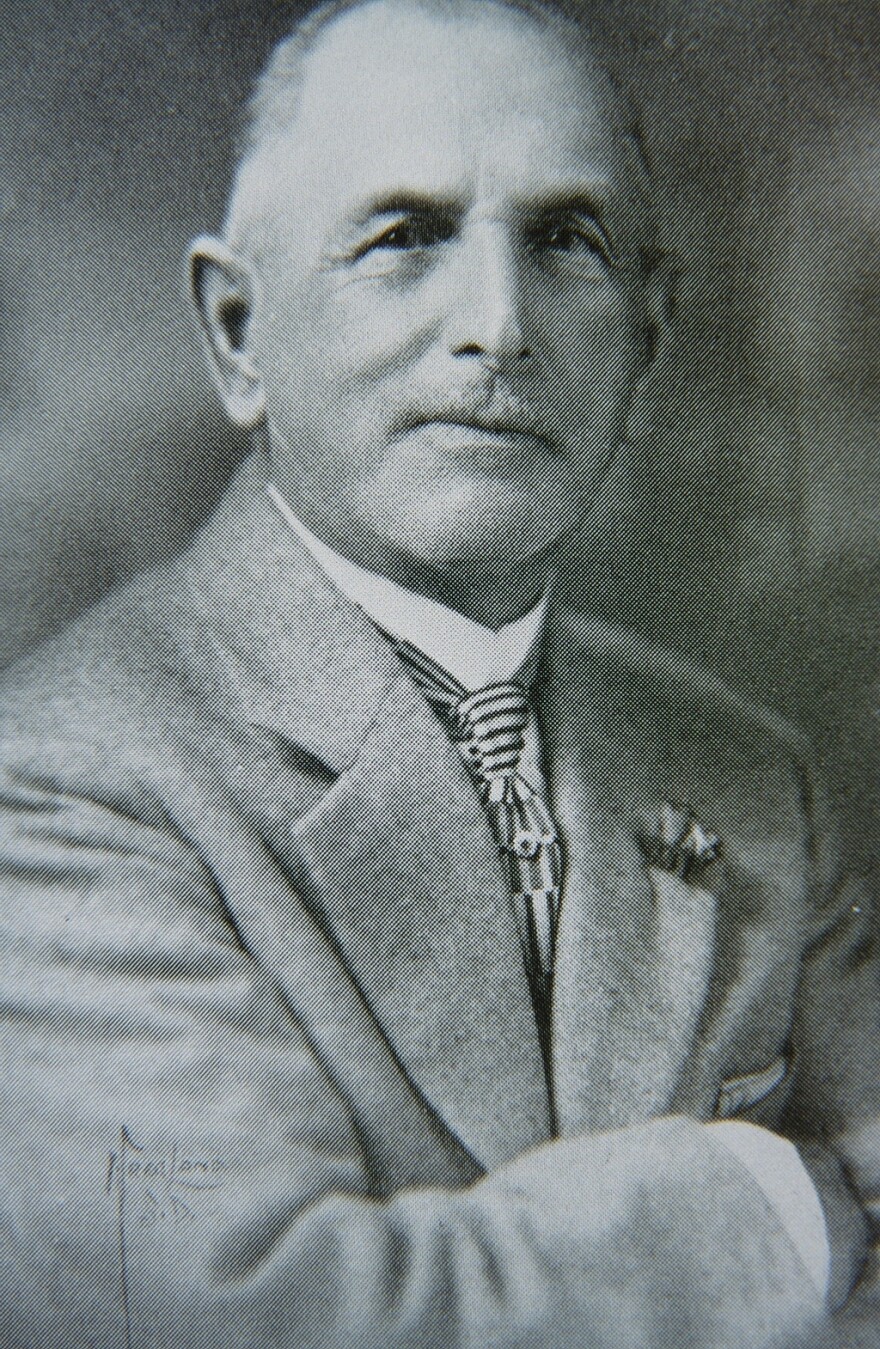
He built the clock to advertise his new store and, as it proudly proclaimed on its face, to tell San Diegans the "correct time of day."
There it stood for almost the next 80 years.
That was until 1985, when Jessop’s Jewelers — and the clock — moved. But it didn't go far — just to what was then the new Horton Plaza shopping center, where it stayed until 2018.
After being vandalized several times, the clock was packed up and moved to the San Diego History Center.

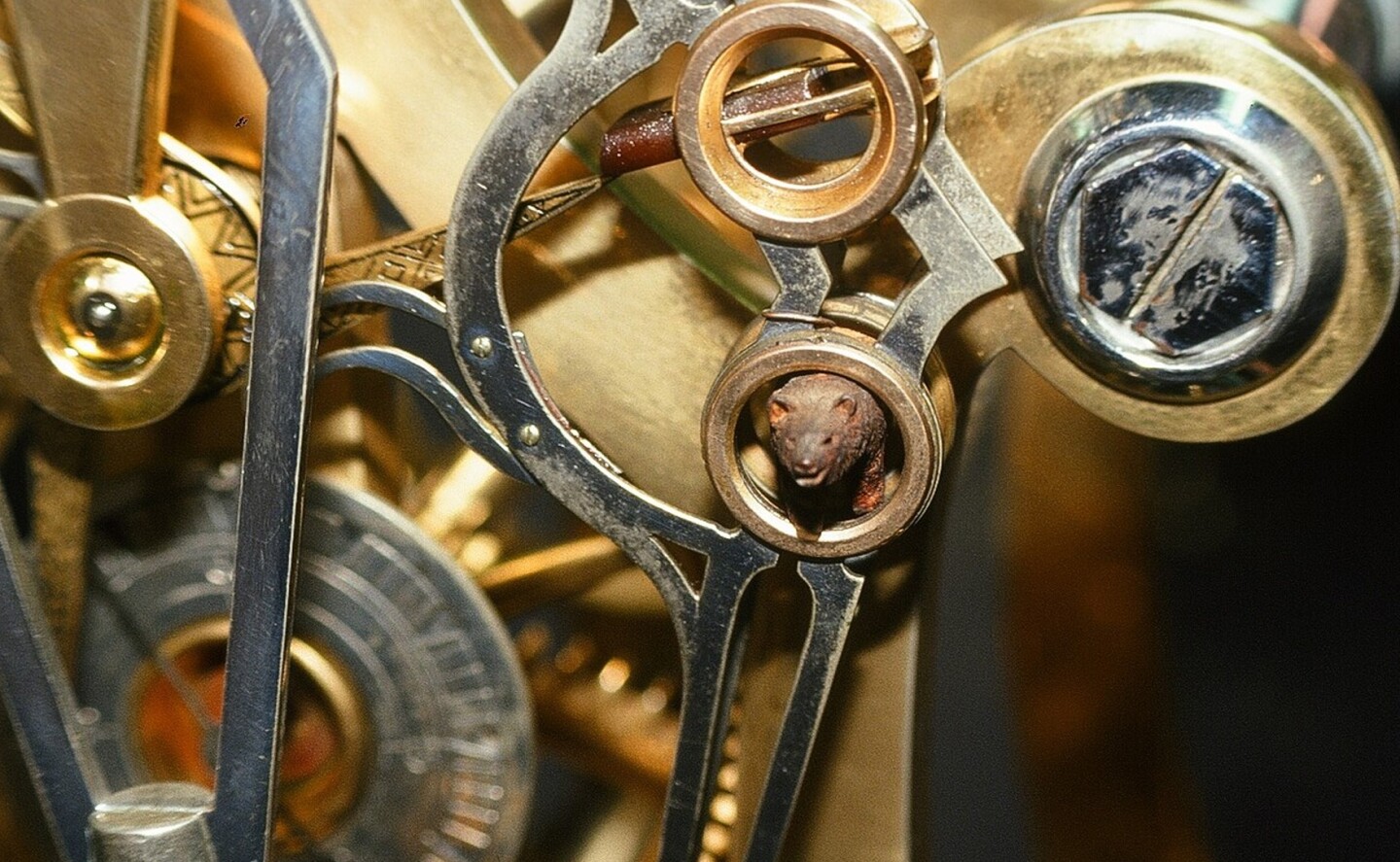

“The History Center is the perfect location for it," Jim Jessop said, as he showed the top of the clock exclusively to KPBS.
Jim is Joseph Jessop’s great grandson. He shares ownership of the clock with several other family members, but he’s in charge of it and its future.
When it was dismantled, the clock was packed up in several boxes. But the top of the clock — its face — is what most people remember: one of three faces on this magnificent creation. And, you might find it surprising that it’s actually not a clock, per se.
“The Jessop Clock is made like a giant pocket watch," Jim said.
That’s because Joseph Jessop was first and foremost a maker of pocket watches.
"There is no other clock in the world like the Jessop Clock. He made it the way he knew how to make it. He estimated all the gear ratios that would turn the 22 hands in the clock, and it kept good time for 100 years," Jim said.
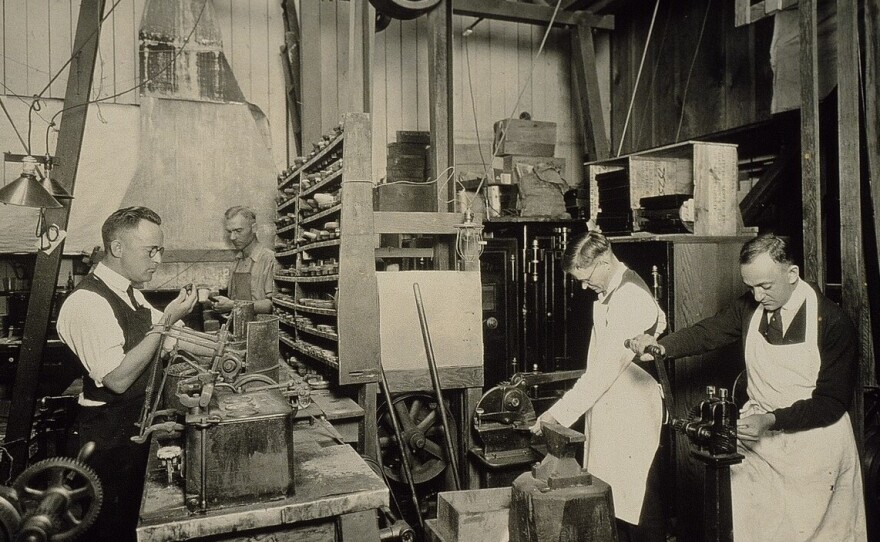
The clock is a marvel of engineering. One day, Jim was talking to a clockmaker and asked how his great-grandfather did it — in the days before even slide rules, much less digital technology.
“And the clockmaker shrugged and said, 'I just don’t know.' But it took some real magic for him to be able to put this whole clock together," Jim said.
In addition to San Diego, the clock showed the time for 12 other great cities of the world. Places like New York, London, Paris, Berlin, Mexico City and Calcutta.
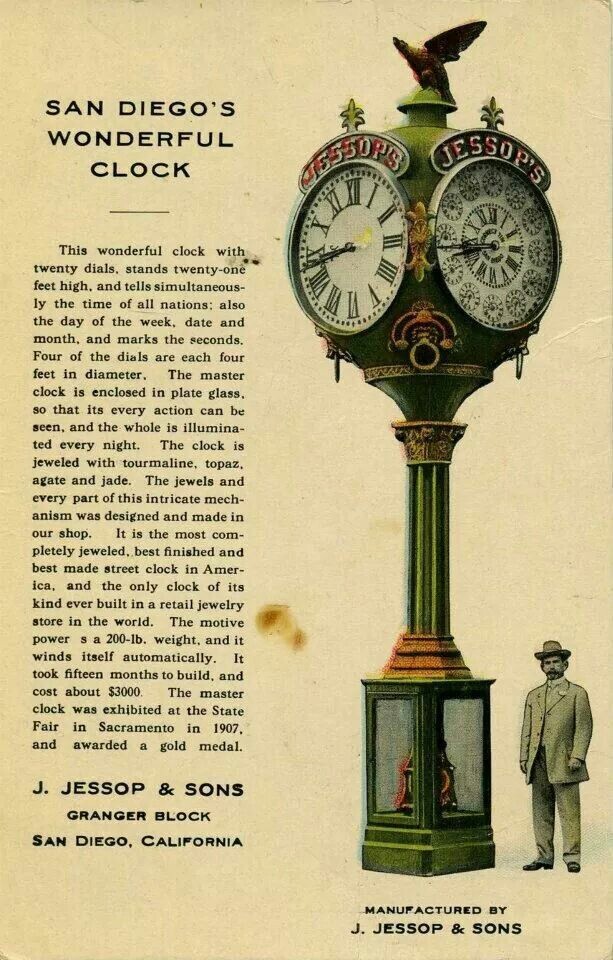
When it came to Calcutta, the elder Jessop had to get creative. The introduction of daylight saving time meant a bit of extra magic was needed for the clock’s movement.
“When you go to daylight savings time, we move one hour. Calcutta would move one half hour, so he built all of those ratios into the settings of the clock, the hands on this dial, so it would adjust half an hour for Calcutta," Jim said.
As far as the clock keeping the correct time, Jim said there’s a funny story about the Santa Fe Depot, just a few blocks away.
“My great uncle Joe Jessop was talking to a fellow that ran ... the train station several blocks from the store. And he (Joseph Jessop) said, 'You know, when the train whistle blows, we set the clock.' And the guy laughed and he said, 'Well you know, we come by the clock and set the train whistle.' So you know, there were two ways to tell time in downtown San Diego and the Jessop Clock was only one of them," Jim said with a laugh.
So many stories, so much history — but now Jim has his sights set on the clock’s future. The family, in coordination with the History Center, is in the process of raising money, to restore the clock and to bring it to a final, fitting place.
They need $2 million for repairs and to place it in what will be an entirely renovated front gallery at the History Center.
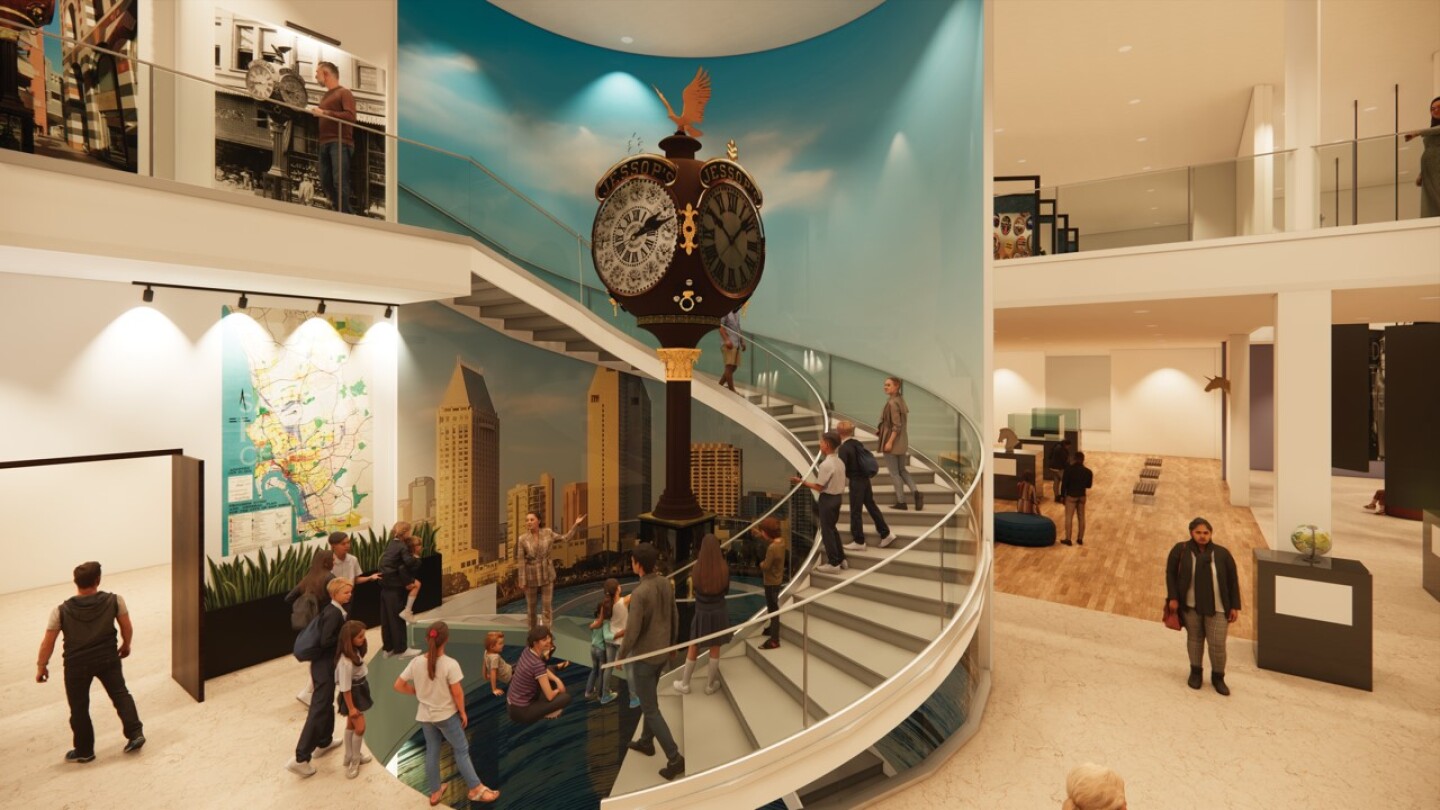
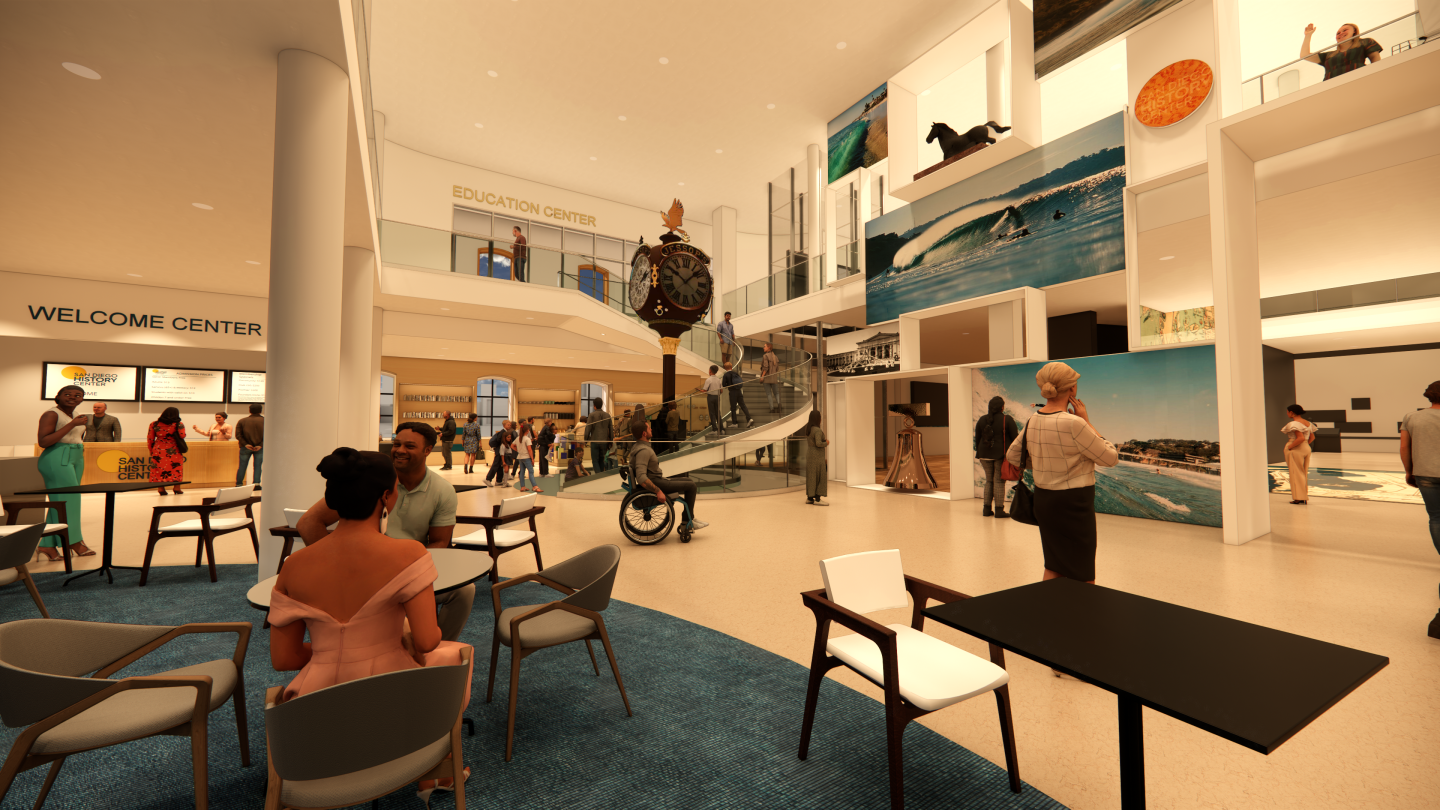
Then, they need $2 million more to endow the clock, “So that it will be taken care of forever. So when San Diegans come to see the clock, they will be seeing something that is just like it was on the streets of San Diego, and they’ll be seeing it forevermore," Jim said.
Jessop went on to say that they want that all to happen by 2028, a time when the clock will begin its final chapter — when all of us can enjoy it for time immemorial.






